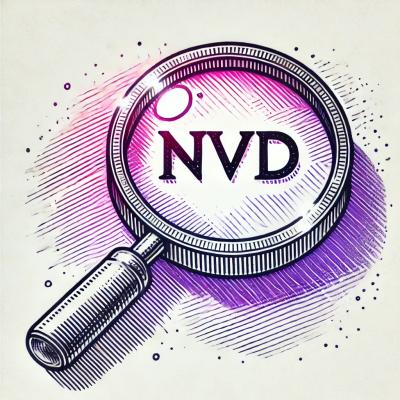
Product
Secure Your AI-Generated Code with Socket MCP
Socket MCP brings real-time security checks to AI-generated code, helping developers catch risky dependencies before they enter the codebase.
This library offers several tools for manipulation of calibrated cameras, projective geometry and computations using homogenous coordinates.
Camera calibration allows to determine the relation between the camera's pixels (2D coordinates) and points in the real world
(3D coordinates). It implies computation using homogenous coordinates. This python library aims at simplifying implementations
of projective geometry computations, building on top of numpy and cv2.
Installation using the package manager pip
pip install calib3d
Full API documentation is available in here.
The Point2D (and Point3D) class represent 2D (and 3D) points extending numpy.ndarray. Access to y coordinate of point is point.y, and access to homogenous coordinates is made easy with point.H, while it is still possible to use point with any numpy operators.
>>> Point2D(1,2) == Point2D(2,4,2)
True
>>> points = Point2D(np.array([[0, 0, 1, 2, 3], # x coordinates
[1, 2, 3, 4, 5]])) # y coordinates
>>> points.x
array([0., 0., 1., 2., 3.])
>>> points.H
array([[0., 0., 1., 2., 3.],
[1., 2., 3., 4., 5.],
[1., 1., 1., 1., 1.]])
The Calib class represents a calibrated camera. It has a serie of methods to handle 3D to 2D projections, 2D to 3D liftings, image transformations, and more.
>>> import numpy as np
>>> from calib3d import Calib, Point3D, compute_rotation_matrix
>>> f = 0.035 # lens focal length [m] 35 mm lens
>>> w, h = np.array([4000, 3000]) # sensor size [px.px] 12 Mpx sensor
>>> d = w/0.01 # pixel density [px.m⁻¹] with a 1 cm sensor width
>>> K = np.array([[ d*f, 0 , w/2 ], # Camera matrix (intrinsic parameters)
... [ 0 , d*f, h/2 ],
... [ 0 , 0 , 1 ]])
>>> C = Point3D(10,10,10) # Camera position in the 3D space
>>> R = compute_rotation_matrix(Point3D(0,0,0), C) # Camera pointing towards origin
>>> calib = Calib(K=K, T=-R@C, R=R, width=w, height=h)
>>> calib.project_3D_to_2D(Point3D(0,0,0))
Point2D([[2000.],
[1500.]])
Cropping or scaling a calib is made easy with the following operations (for more operations, check the documentation)
>>> new_calib = calib.crop(x_slice=slice(10, 110, None), y_slice=slice(500, 600, None))
>>> new_calib = calib.scale(output_width=2000, output_height=1500)
Other useful methods
>>> calib.projects_in(Point3D(0, 20, 20))
False
>>> calib.compute_length2D(Point3D(0, 0, 0), .42) # Number of pixels that represent a length of .42 in the 3D space
array([339.48195828])
Pull requests are welcome. For major changes, please open an issue first to discuss what you would like to change.
This library is developed and maintained by Gabriel Van Zandycke. If you use this repository, please consider citing my work.
FAQs
Python 3D calibration and homogenous coordinates computation library
We found that calib3d demonstrated a healthy version release cadence and project activity because the last version was released less than a year ago. It has 2 open source maintainers collaborating on the project.
Did you know?

Socket for GitHub automatically highlights issues in each pull request and monitors the health of all your open source dependencies. Discover the contents of your packages and block harmful activity before you install or update your dependencies.

Product
Socket MCP brings real-time security checks to AI-generated code, helping developers catch risky dependencies before they enter the codebase.

Security News
As vulnerability data bottlenecks grow, the federal government is formally investigating NIST’s handling of the National Vulnerability Database.

Research
Security News
Socket’s Threat Research Team has uncovered 60 npm packages using post-install scripts to silently exfiltrate hostnames, IP addresses, DNS servers, and user directories to a Discord-controlled endpoint.